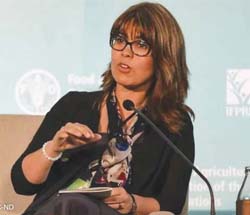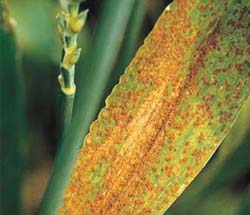FAO’s Chief Scientist Talks Tech, Innovation, and Food

Today, drones spray pesticides to prevent locust infestations, record aerial footage for crop assessment, and locate herds of cattle spread out over vast grazing lands. Alternative proteins, such as lab-grown meat, can help reduce agricultural greenhouse gas emissions and resource use. Gene editing for seed improvements can produce more crops and improve nutrition outcomes. Blockchain can ensure fair wages for farmers and encourage more transparency in food systems.
There are as many negative impacts of these technologies as there are positive ones, however. So are technology and science really silver bullets?
Today we discuss the future of innovation and the challenges in implementing new technology on the ground to make food production and consumption more effective, equitable, and environmentally sustainable. This conversation has been edited for length and clarity.

